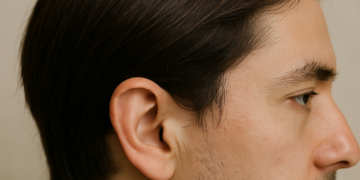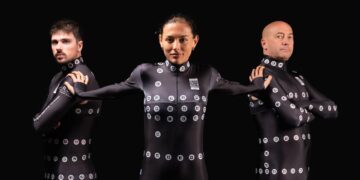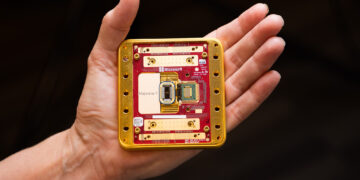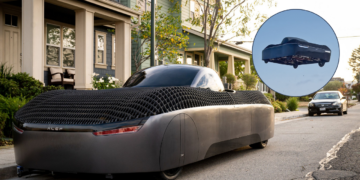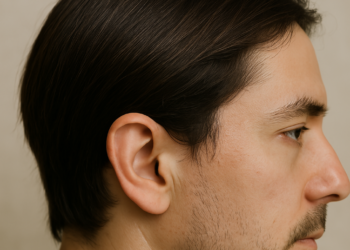DIDIOK MAKINGS, a company based in the Panyu District of Guangzhou, China, is at the forefront of research and development as well as the commercialisation of intelligent drones. Founded in 2015, this company is not only dedicated to selling fireproofing materials and emergency rescue equipment, but has also obtained numerous patents and significant technological achievements in the field.
A striking example of their innovation is the TY-3R, a drone intended for water rescue that represents a true revolution in the field. This unique drone is designed to not only fly over the area of an accident, but to dive into the water, transforming itself into a lifesaver for bathers in distress.
Unique features of the TY-3R
The TY-3R is distinguished by its functional duality. Initially it looks like a normal drone, but once in the water, it transforms into a life jacket. Equipped with a 720p camera, the drone quickly identifies the swimmer in distress, moves towards him and docks in his vicinity, becoming an immediate floating support.
The device can support the weight of two adults, has a maximum speed of around 50 km/h, and a flight time of over 10 minutes, with a range of 1.1 km. Thanks to its IP68-certified waterproofing, the TY-3R can dive to a depth of one metre and remain operational in water for half an hour without being damaged.
Future Potential and Challenges
The use of a device like the TY-3R could radically transform water rescue operations, improving the effectiveness and speed of interventions and potentially saving many lives. Furthermore, its ability to monitor large and crowded areas could significantly increase the safety of swimmers.
However, large-scale deployment of this technology will take time and the adoption of an appropriate regulatory framework, as well as specific training for operators. Close collaboration between manufacturers, authorities and operators will be crucial to maximise the potential of these lifesaving drones.
Conclusion
DIDIOK MAKINGS‘ TY-3R represents a significant step forward in technological innovation applied to rescue. Although there is still a long way to go, the advent of technologies such as this promises to make rescue safer and more efficient, opening up new perspectives for safety at sea and helping to make our beaches safer places.


